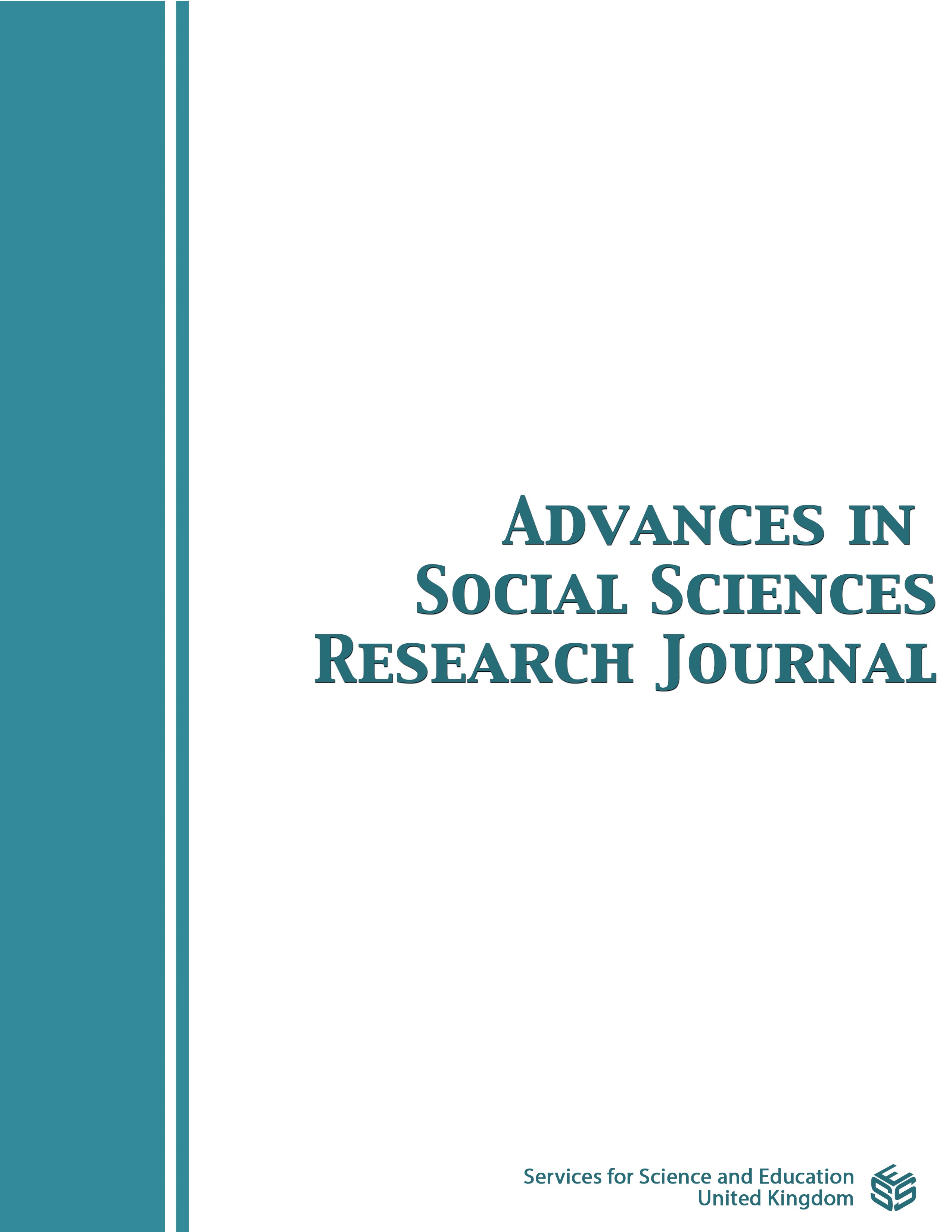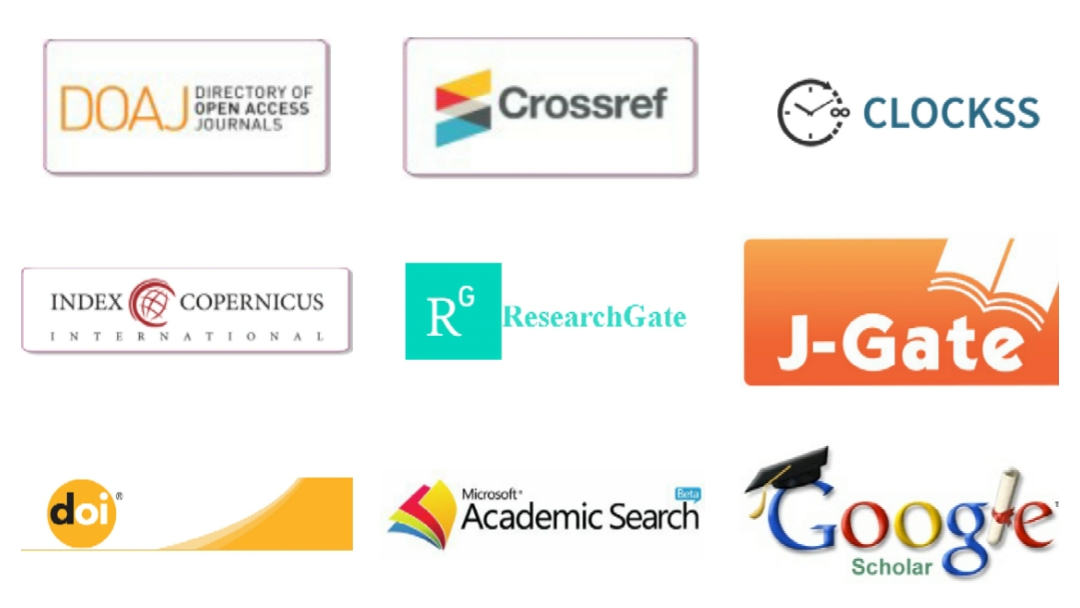Leadership Coaching and the “Mad Major”
DOI:
https://doi.org/10.14738/assrj.1201.18240Keywords:
advocate, change agent, controversial, decision-making, leadership, leadership coachingAbstract
Interested in gaining some valuable lessons for leaders and leadership coaches to add to your repertoire? Want to further express your curiosity and explore the opportunity to learn more about leadership and leadership coaching from a very unusual, non-academic and very iconoclastic source? If so, this article may be for you. This commentary is essentially the abbreviated story of a single-minded, highly dedicated leader’s lifelong quest to bring needed change to a very large narrow-minded bureaucratic organization. It will briefly explore the strategy-infused approach of one of the most controversial and little known figures in modern military history. This individual was both celebrated and ridiculed for advocating and pursuing radical and controversial ideas, usually contrary to longstanding policies and practices. Over the course of a long career a host of nicknames were accumulated, such as: “The Sugar Plum Fairy,” Ghetto Colonel,” “Genghis John,” and, the especially derogatory, “The Mad Major.” The latter label was associated with radical oppositional stances to the prevailing military establishment on tactical aviation and the dominant approach to multi-billion-dollar weapons procurement. Additionally, the paper will offer some relevant background history, discuss important contributions to the field, provide a proven decision-making tool, and relate key ideas to a business context. It will also suggest some of the real benefits of employing the expressed creative ideas in a leadership coaching setting. as well as noting some the latent hazards and limitations of their use.
Downloads
Published
How to Cite
Issue
Section
License
Copyright (c) 2025 Raymond L. Forbes Jr.

This work is licensed under a Creative Commons Attribution 4.0 International License.
Authors wishing to include figures, tables, or text passages that have already been published elsewhere are required to obtain permission from the copyright owner(s) for both the print and online format and to include evidence that such permission has been granted when submitting their papers. Any material received without such evidence will be assumed to originate from the authors.






